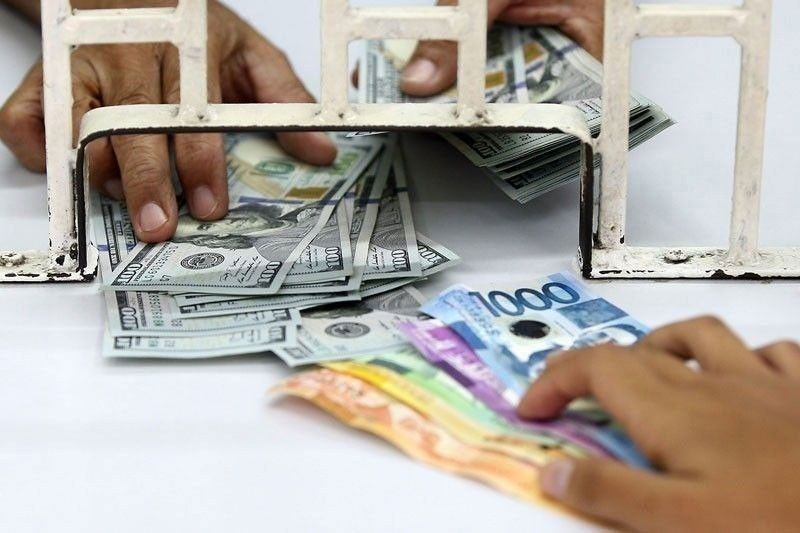Remittances sustain rise to hit 6-month high

MANILA, Philippines — Remittances from overseas Filipino workers (OFWs) continue to climb, hitting the highest level in six months in June amid further global economic reopening, although at a slower pace than the double-digit growth recorded in April and May, according to the Bangko Sentral ng Pilipinas.
BSP Governor Benjamin Diokno said personal remittances increased by 7.3 percent to $2.94 billion in June from $2.74 billion in the same month last year as land and sea-based workers sent more money to their families back home.
This was the highest monthly personal remittances since the $3.2 billion recorded in December last year. Personal remittances include all current transfers in cash or in kind by OFWs, as well as other household-to-household transfers between Filipinos who have migrated abroad and their families in the Philippines.
Diokno said personal remittances from land-based workers with work contracts of one year or more went up by 7.1 percent to $2.32 billion in June from $2.16 billion in the same period last year.
Likewise, the BSP chief said remittances from sea and land-based workers with work contracts of less than one year rose by 6.4 percent to $548 million from $515 million.
As a result, personal remittances grew by 6.7 percent to $16.61 billion in the first half from $15.57 billion in the same period last year.
Diokno also reported that cash remittances coursed through banks rose by seven percent to $2.64 billion in June from $2.46 billion a year ago.
Data showed cash remittances from land-based workers expanded by 7.1 percent to $2.14 billion from $1.994 billion, while that of sea-based workers increased by 6.5 percent to $502 million from $472 million.
From January to June, cash remittances grew by 6.4 percent to $14.92 billion from a year-ago level of $14.02 billion.
“The growth in cash remittances from January to June came largely from the US, Malaysia and South Korea,” Diokno said.
In terms of country sources, the BSP chief said the US continues to register the highest share of overall remittances at more than 40 percent, followed by Singapore, Saudi Arabia, the United Kingdom, Japan, the United Arab Emirates, Canada, South Korea, Qatar and Taiwan.
“The combined remittances from these top 10 countries accounted for nearly 79 percent of total cash remittances,” Diokno said.
Just like the BSP, ING Bank Manila senior economist Nicholas Mapa said the bank expects OFW remittances to grow by four percent this year.
“Cash flows continued to rise as the global economy reopens. We expect remittances to rise four percent in 2021, but this likely won’t be enough to avoid peso depreciation,” Mapa said.
The local currency has depreciated by 4.7 percent since June 16 and by more than five percent after closing at 50.481 to $1 last Friday from 48.04 to $1 in end-2020.
Michael Ricafort, chief economist at Rizal Commercial Banking Corp., said OFWs are sending more money to their loved ones in the Philippines amid the hard lockdown and quarantine measures arising from the spread of the more contagious COVID-19 variants.
“The recent tighter quarantine lockdowns with the enhanced community quarantine and modified enhanced community quarantine led to sending of more OFW remittances as part of social function to help families and dependents to better tide the pandemic and also amid higher inflation in recent months,” Ricafort said.
Ricafort also said the faster economic recovery in some of the biggest host countries for OFWs would further support more deployment and higher remittances.
However, Ricafort warned the threat of the more contagious Delta and Lambda variants could slow down global economic recovery as well as remittances in the coming months.
- Latest
- Trending


























